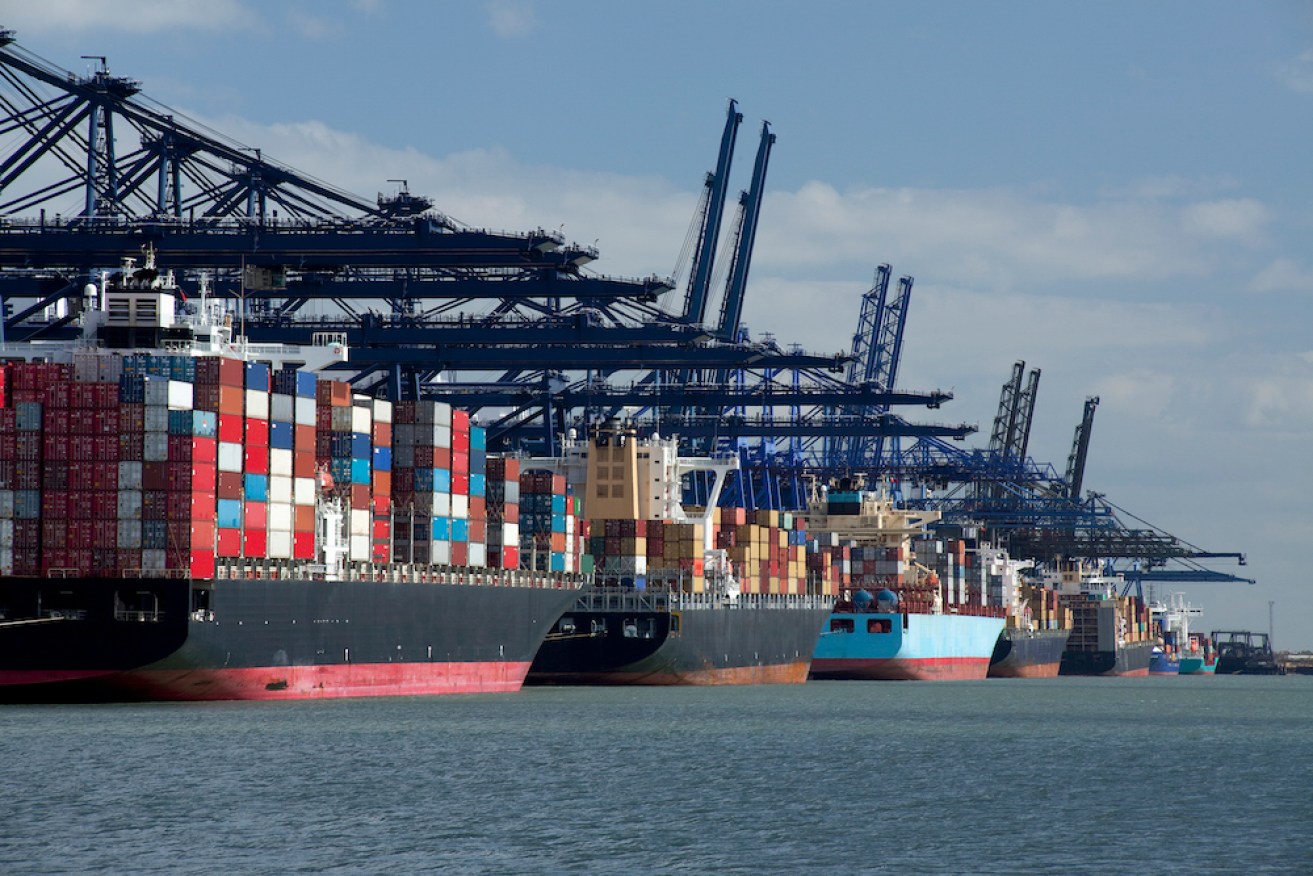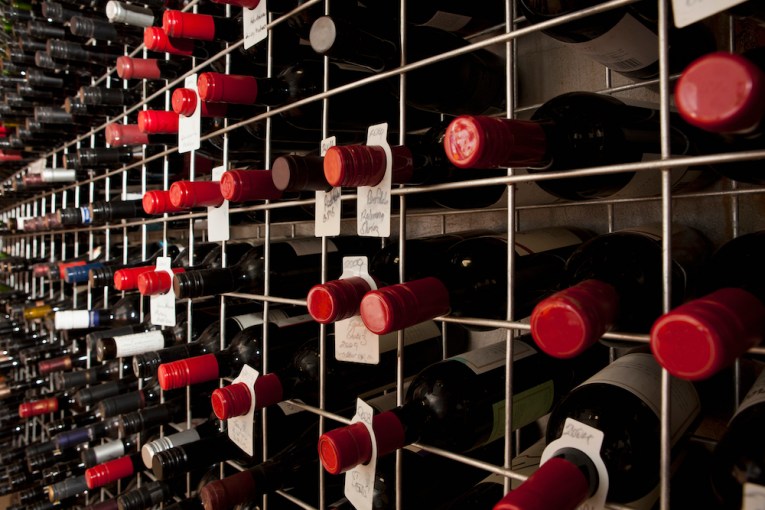International freight finally moves on from pandemic blockages


Wars, high interest rates and inflation are expected to take a toll on global trade next year. Photo: Getty
Problems with global freight and shipping supply chains are improving, and it’s going to make everything just a little bit better for consumers.
At the start of the pandemic, global shipping supply chains slowed dramatically as online shopping fuelled a boom in demand. The worst of it was seen in 2022 while the backlog slowly cleared.
It meant the cost of international freight went up.
The backlog has cleared so the cost of shipping is beginning to drop which means overseas items should arrive more cheaply and more quickly.
“If you’ve been paying a real premium for something, that premium standard will drop off, and prices will get back to normal, or cheaper than what they are now,” lecturer at the ANU College of Business and Economics, David Leaney, said.
It would take longer for prices to return to pre-pandemic levels, even though they have already dropped, Mr Leaney said.
“The prices will be back to normal over the coming months. And the world supply chain still has quite a few months ahead of it to sort itself out,” he said.
The world is reliant on cargo ships to send products around the planet because it’s a relatively cheap and easy way to move heavier items.
“If you lined [every shipping container on the planet] up touching end-to-end, they would circle the equator about four times,” Mr Leaney said.
Wuhan woes
The pandemic took hold and an array of issues meant supply chains were in a shambles.
The initial epicentre of COVID, Wuhan in China, was a massive manufacturing centre, so the lockdown affected a lot of different products, Mr Leaney said.

Buying something from overseas? Getting it to your door could become a little easier soon.
“So they couldn’t get things made and get them shipped out and then the ports locked down as well,” he said, noting that China has five of the top six busiest seaports in the world.
Industry researcher at Deakin University’s Centre for Supply Chain and Logistics, Peter Van Duijn, said there were not enough ships or personnel to get goods to people as COVID began, and online shopping boomed.
“So it was all combined, it became a big bottleneck and that’s why the prices went up that much,” he told The New Daily.
“As long as the music keeps playing, everyone keeps moving, you don’t realise you’re actually short a couple of shipping containers.
“So the problem is the music stopped, and everyone’s gone ‘where’s my shipping container? It’s stuck’.
“Because we rely on them always moving and because we don’t own that specific one with that serial number on it, we just kind of wait for the next one to be available.”
Other issues that affected shipping were the Suez Canal debacle when a ship blocked traffic for days, and Russia’s war in Ukraine.
Recovery trends
The cost to get a shipping container from one place to another varies – however, due to the surge in demand and COVID, the cost went up.
In 2022, the price to send goods in a shipping container was six times higher than what it was pre-COVID ($2000 rose to nearly $12,000), Mr Leaney said.
The price of some items stayed the same, whereas others had to absorb the cost of transport, and the prices rose.
Mr Leaney said if by some miracle, China ceased all lockdowns tomorrow, prices would go down significantly by early next year – but that likely won’t happen.
Fortunately, in places like Europe, prices are back to normal, he said.
Mr Van Duijn said we are starting to return to what it was like pre-COVID and that is good news for consumers, importers and exporters.
“There’s some ships available now, there are containers available now, so overall, the whole supply and demand is a lot healthier,” he said.
He believes this recovery trend will continue for the foreseeable future.
“For the stuff you order tomorrow, the costs are going to be a bit lower and then next month, they’ll be the lower again,” Mr Leaney said, adding it’s still going to be months before prices drop significantly.
All in all, Mr Leaney thinks 2023 is going to be a good year.

Lockdowns halted manufacturing and meant people couldn’t load shipping containers, disrupting the supply chain.
Pandemic lessons
Mr Van Duijn and Mr Leaney both think Australia needs to become more self-reliant.
For all we know another once-in-a-lifetime-pandemic could happen in the next decade and we would face the same problems as at the start of 2020.
Mr Leaney said another lesson that can be learned from the pandemic is not putting all your eggs in one basket and not being so dependent on one country, like China.
“Maybe we should try and make our own things so we don’t have to rely on these supply chains,” Mr Van Dujin said.








